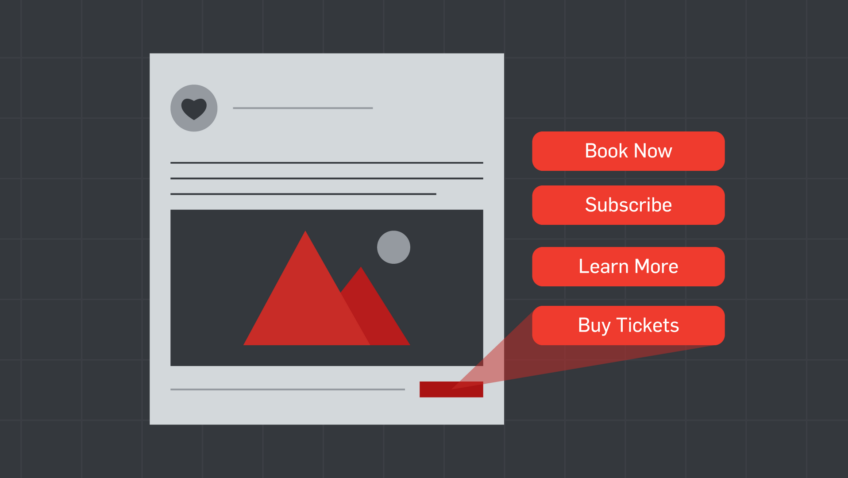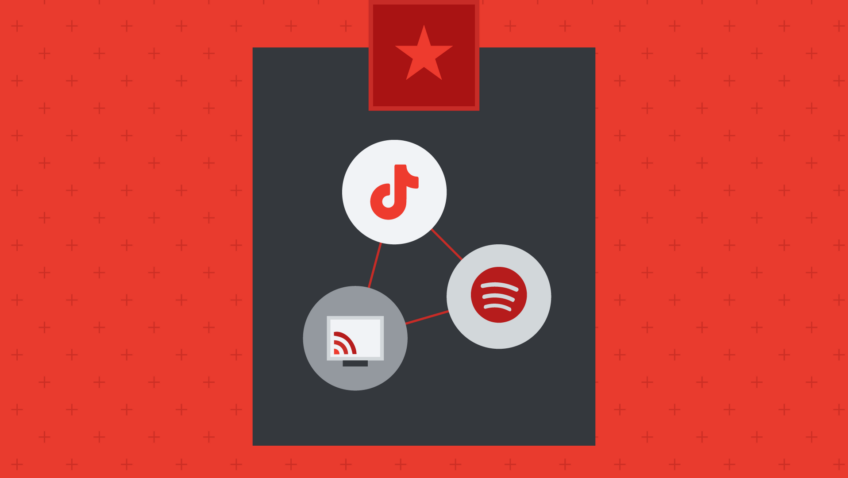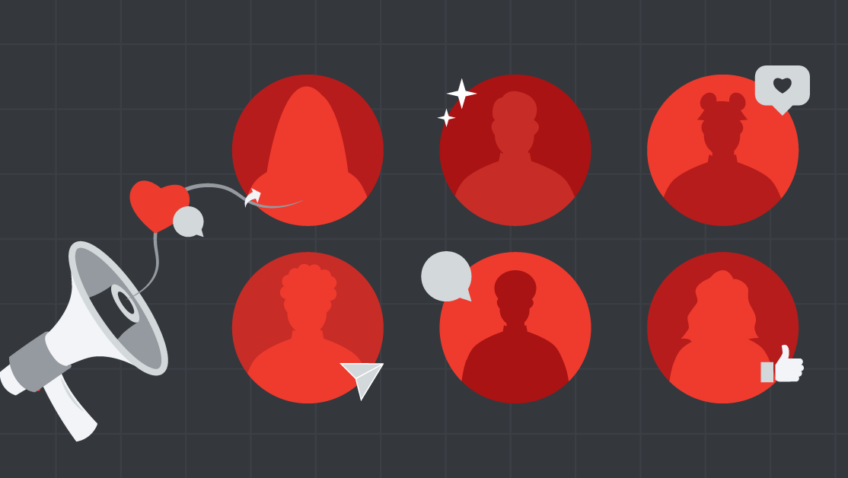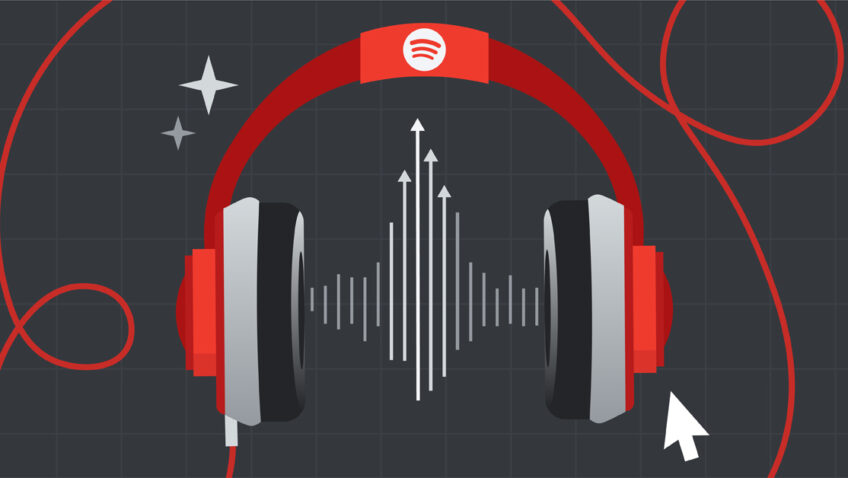A Beginner’s Guide to Simple Customer Segmentation
There are hundreds of ways data can help you engage audiences more effectively, but segmentation is one of the simplest and most powerful techniques for improving arts marketing outcomes.
Segmentation works by recognizing difference. We all speak respectfully about ‘the audience’ but it is not a homogenous mass. There are subgroups with different expectations, attend for different reasons, and behave in different ways. In an ideal world we would create a personalized marketing approach for each person. The more manageable approach is to split the audience into groups with shared interests and needs. That allows you to tailor your offers and communications to the preferences of each group.
Approaches can be based on a range of different metrics such as attendance behavior, where people live, booking patterns and the ways they respond to your communications. Of course, not everyone is persuaded by the same things, and with such an overwhelming amount of data and seemingly infinite ways of slicing it up, knowing where to begin can be difficult.
So let’s look at a simple model you could try right now. It splits the audience into four segments based on attendance and location data. These segements could work for a forthcoming season campaign that will run over a number of months.
Segment 1: Frequent attenders
This is everyone who has visited your venue three times or more in the last year. These are clearly your most loyal audience members so communications with them can assume a certain level of knowledge about your organization, and a tolerance for more frequent communications than other segments.
Segment 2: Recent attenders
You might define this segment as anyone who has attended a performance, or signed up to the mailing list in the last six months, but who is not necessarily a frequent attender. The rationale is to enable you to strike while the iron is hot by acknowledging their recent attendance and encouraging them to re-attend. Another tactic could target them for a subscription or package to push them into the frequent attender segment.
Segment 3: Locals
It makes practical sense to define a segment for those who live within a short distance of your venue, but are not in the frequent or recent groupings. Their attendance may have lapsed but living in close proximity makes it easier to encourage them to revisit. Last-minute offers are a tactic that often works well for this segment.
Segment 4: Lapsed attenders & everyone else
This segment is effectively the remainder of your database. If you’re sending them weekly emails there’s a good chance they’re going straight in the trash. You’ll need a different communication strategy to engage them.
With those segments defined you will have the framework for your forthcoming season campaigns. It’s worth doing some analysis on each to understand a little more about their behaviors and preferences, as this will inform the tone of your communications and your offering.
For instance you might want to:
- Reward frequent attenders with priority booking or VIP events
- Target recent attenders by promoting subscription packages to encourage re-attendance
- Suggest that locals ‘Bring a Friend for Five Dollars’ and potentially target them last minute
- Incentivize lapsed attenders with a welcome back offer
Ideally you will communicate with people based on the original segment that they were part of, for the entirety of your season. Continuity in the tone and style of communications tells each recipient that you recognize them and also allows you to build on previous messages.
Tracking each segment from the beginning of the process will allow you to analyze the effectiveness of your approach. Understanding of how audience members have progressed through your segments at the end of the season will provide the basis for ongoing refinement of the model.
The model above is just one example. The options are endless and the way you segment needs to be right for your organization. Robust analytics and a user-friendly system will make things easier.
One final tip: as you create segments, set clear definitions and be sure to avoid overlap. Otherwise you risk confusing people with multiple, un-targeted communications. Sticking with it can work wonders.
Michael Nabarro is CEO at Spektrix. Spektrix was a sponsor at Digital Marketing Boot Camp for the Arts in 2015.










